Six of the Chesapeake’s endangered species success stories
These critters have made impressive recoveries
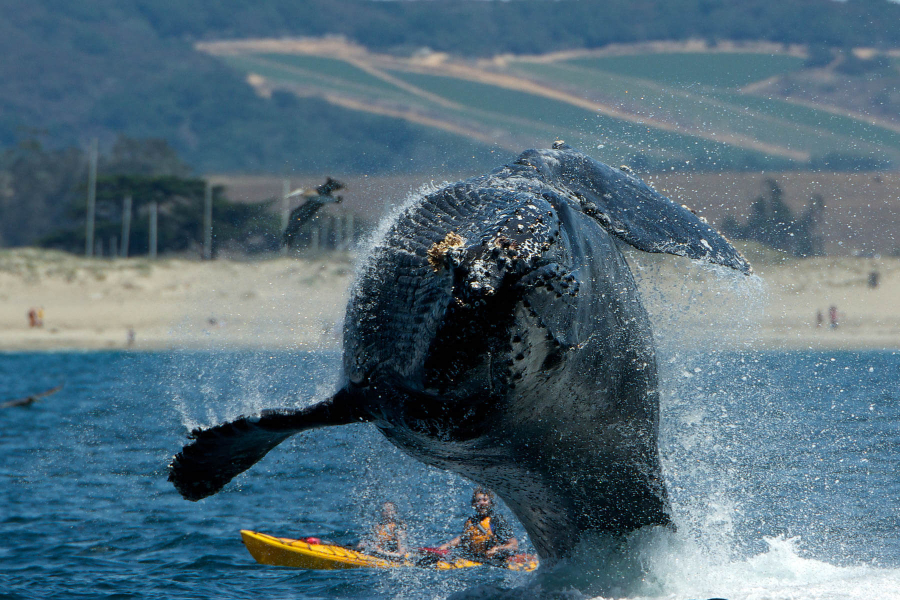
More than 2,000 species across the world are considered endangered or threatened. Inclusion on the endangered species list offers extra protections, and many of the species on the list have conservation plans in place for their recovery. Learn more about six of the Chesapeake’s critters that have recovered enough to be removed from the endangered species list.
Delmarva Fox Squirrel
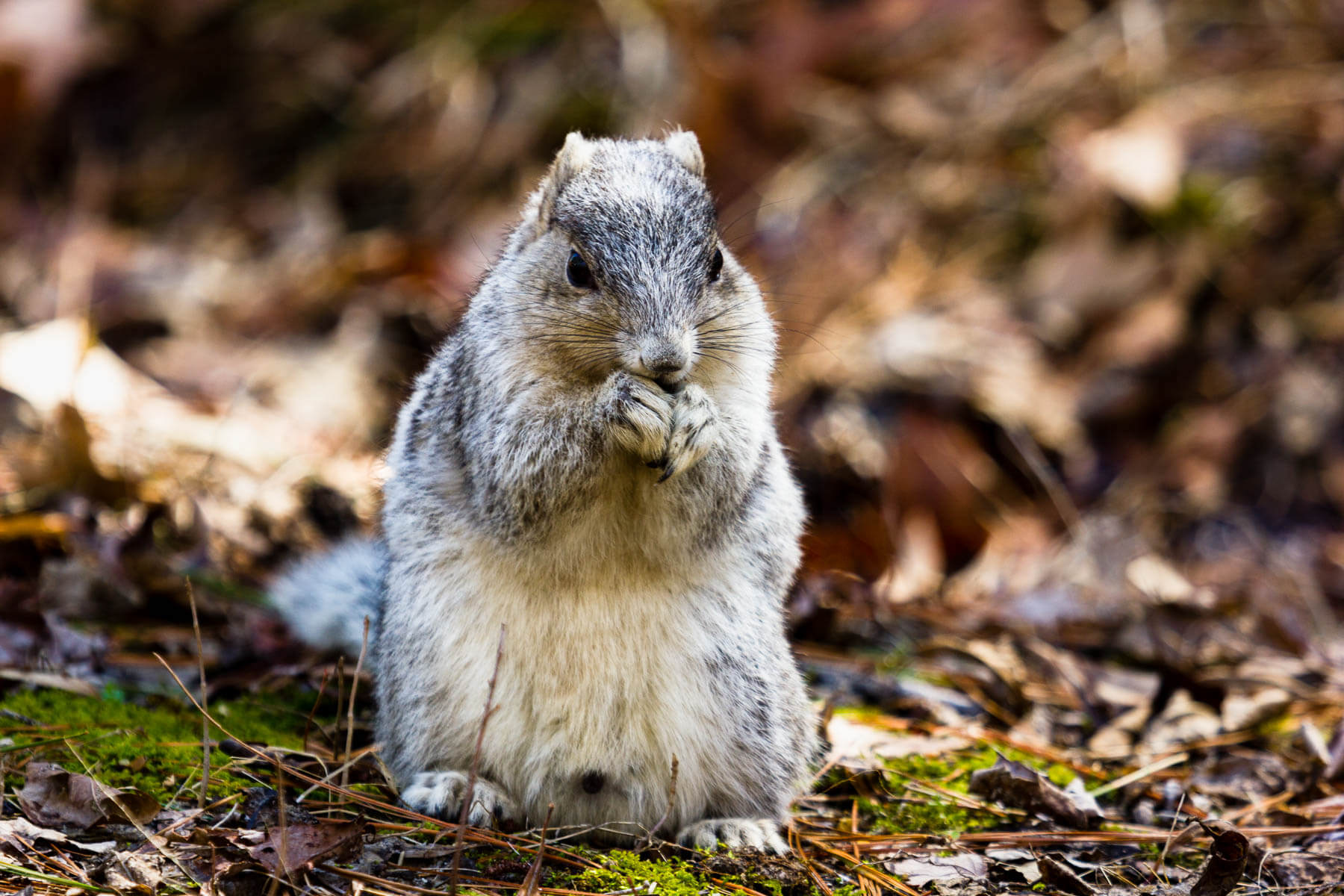
The Delmarva Fox Squirrel (Sciurus niger cinereus) looks similar to the common gray squirrel, but tends to be a lighter color and can grow up to 30 inches and weigh three pounds—twice the weight of the gray squirrel. It lives in forests throughout the Delmarva peninsula. Extensive development and logging in the region disrupted the critter’s habitat, landing it a spot on the first-ever endangered species list in 1967.
Thanks to conservation efforts, this species is on the rebound. Their population has increased to nearly 20,000, and they were officially removed from the endangered species list in November of 2015. Your best chance to see one of these critters for yourself may be at Blackwater, Chincoteague or Prime Hook national wildlife refuges.
West Virginia Northern Flying Squirrel
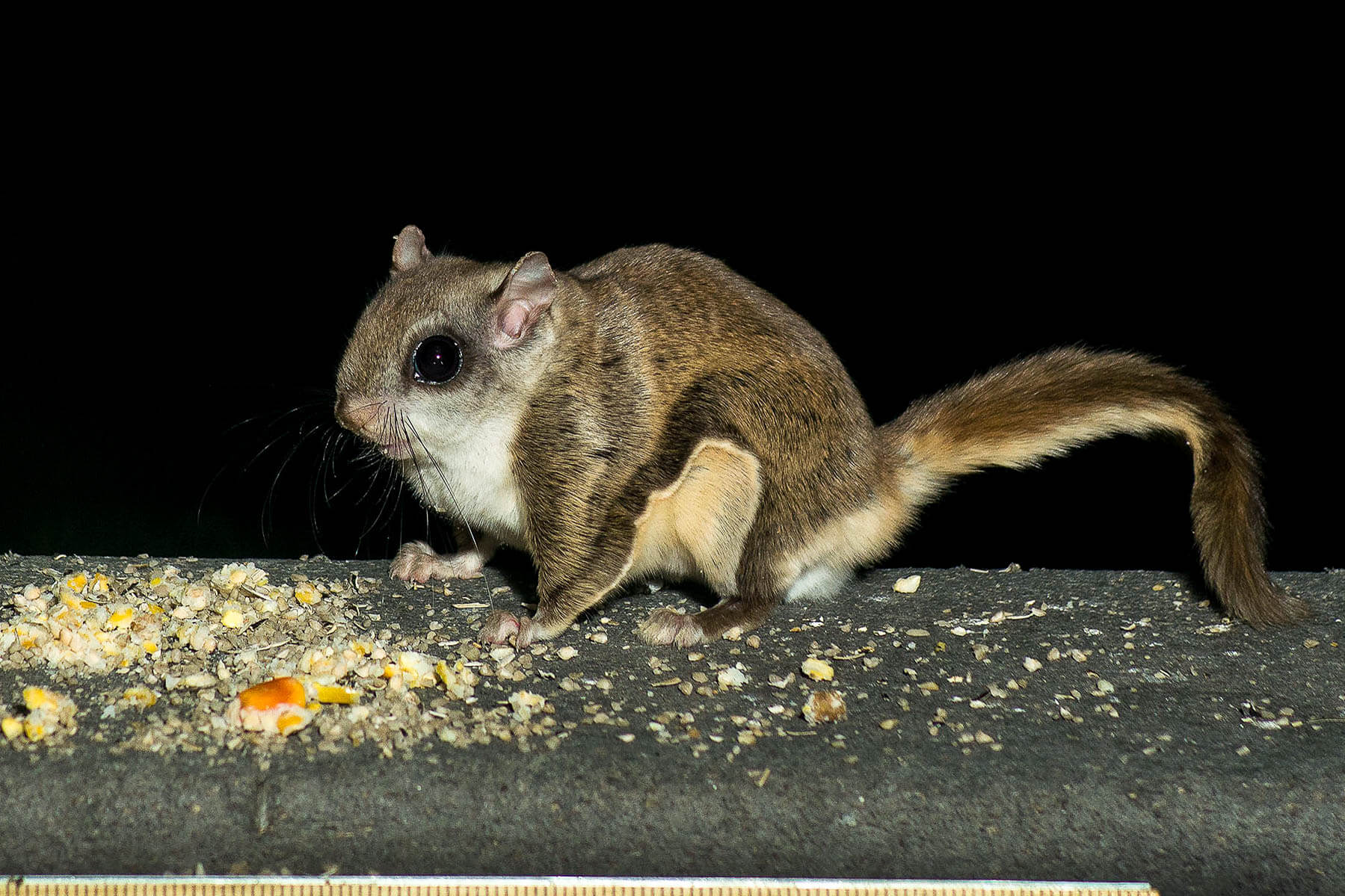
The West Virginia northern flying squirrel (Glaucomys sabrinus fuscus), also called the Virginia northern flying squirrel, was another victim of habitat loss. They live in hardwood forests with lots of red spruce trees, which were commonly logged for paper and other uses in the late 1800s and early 1900s. The squirrels were listed as endangered in 1985, as the U.S. Fish and Wildlife Service were able to document only 10 squirrels within the region in which they were commonly found.
There has been a concentrated effort to restore the red spruce trees that provide vital habitat for the West Virginia northern flying squirrel. The effort has been successful—researchers were able to document more than 1,000 of the squirrels at more than 100 sites, and the species was officially delisted in 2013.
Bald Eagle
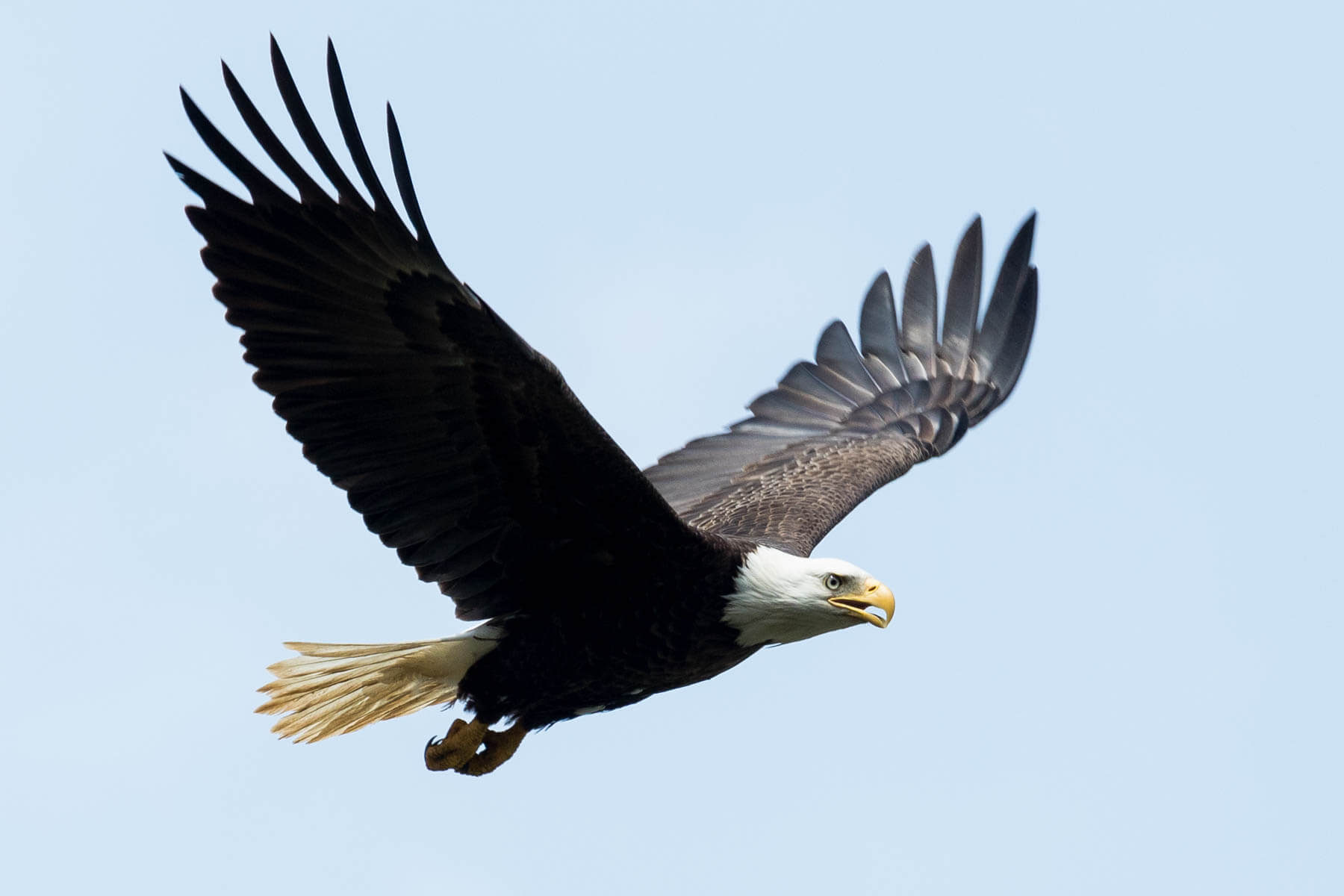
The bald eagle (Haliaeetus leucocephalus) was just one of many bird species impacted by the pesticide DDT. In the early 1900s, there were an estimated 600 to 800 breeding pairs of bald eagles in the Chesapeake region. DDT became popular in the 1940s, entering the food chain and causing the eggs of bald eagles to become thin and easily-breakable, leading to low survival rates. By the time bald eagles were placed on the endangered species list in 1973, there were only 60 breeding pairs left in this area.
Thanks to efforts by the Environmental Protection Agency, DDT was banned in 1972, allowing the bald eagle to make a comeback. These birds were delisted in 2007, and today, an estimated 2,000 breeding pairs make their home in the Chesapeake.
Brown Pelican
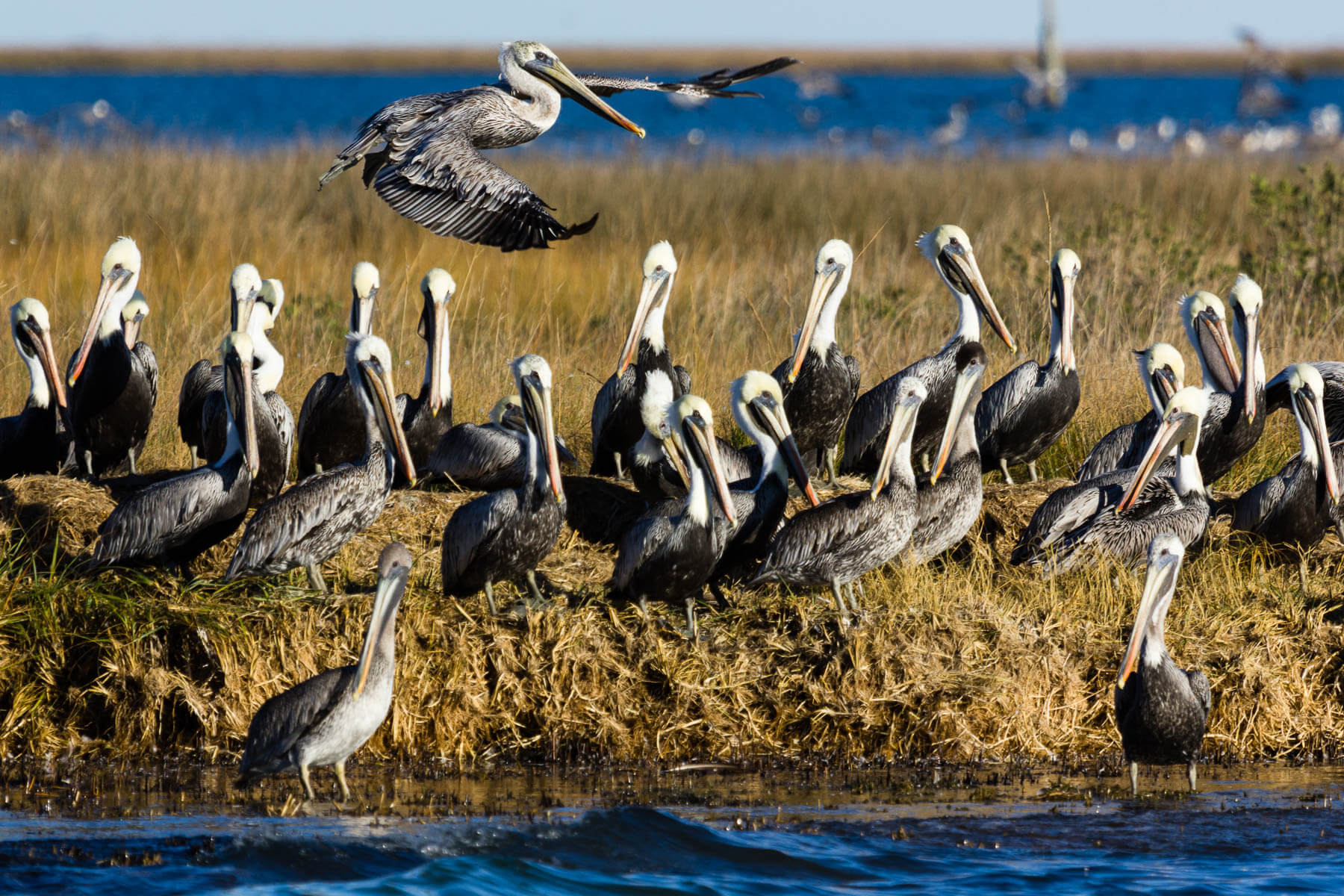
The brown pelican (Pelecanus occidentalis) is the smallest pelican species in the world. Like the bald eagle, brown pelican populations were severely impacted by DDT, but they also used to be hunted for their feathers. In fact, the first National Wildlife Refuge was created in Florida in 1903 and named Pelican Island in order to protect brown pelicans and other birds from being from being hunted for their plumage. They were added to the endangered species list in 1970.
After the Environmental Protection Agency banned the use of DDT, brown pelicans were able to recover and were delisted along their Atlantic Coast range in 1985, and throughout the rest of their range in 2009. The increase of brown pelicans in the Chesapeake region is due not only to their recovery from DDT—climate change also plays a part. Favoring warmer coastal climates, rising temperatures have allowed this species to expand further into the northernmost part of its range.
Peregrine Falcon
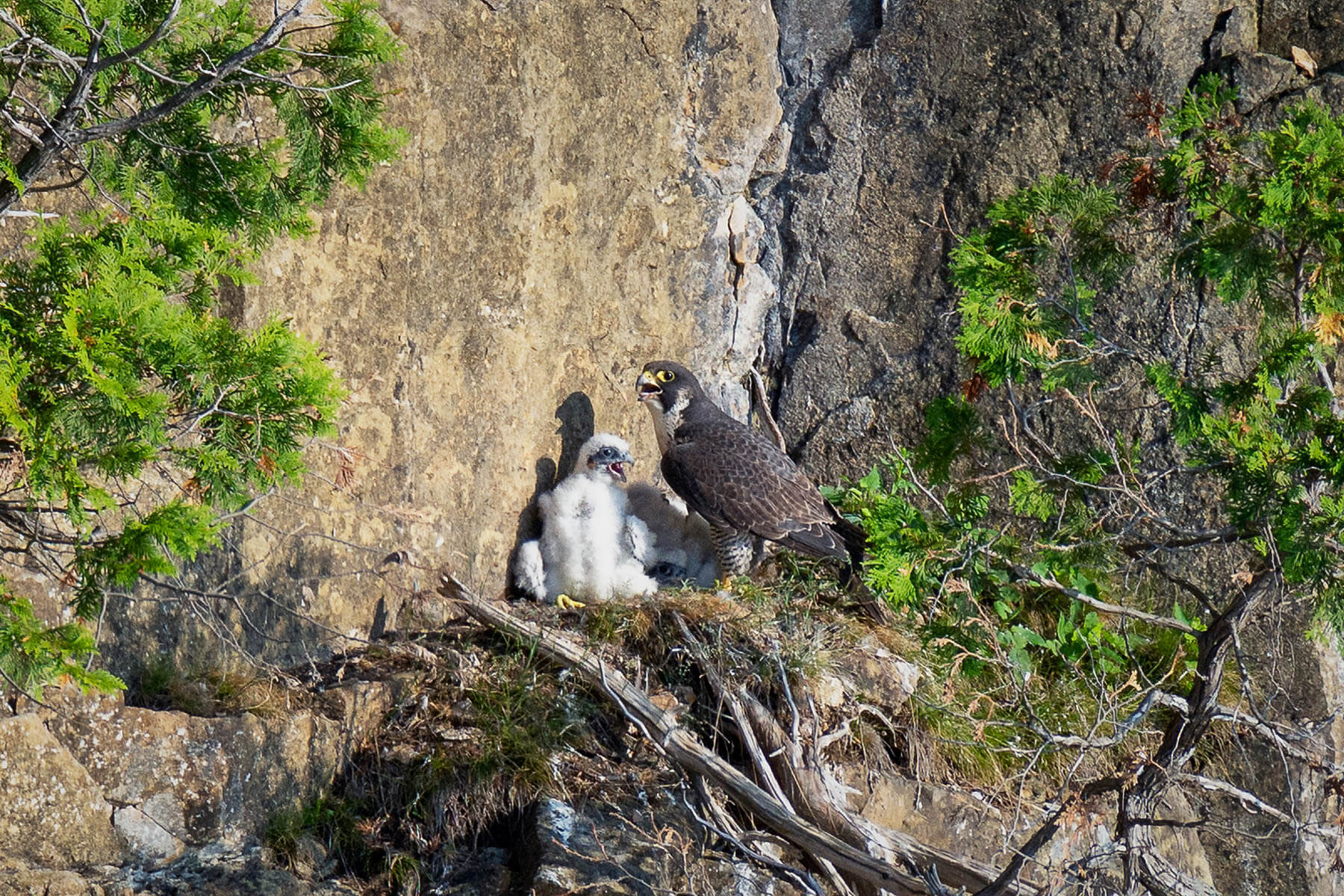
The peregrine falcon (Falco peregrinus) was another bird species that suffered severe impacts due to DDT. However, even before use of the pesticide became widespread, peregrine populations were suffering due to hunting, egg collecting and falconers taking chicks from nests. By 1964, there were no breeding pairs in the eastern United States, and they were added to the endangered species list alongside brown pelicans in 1970.
In 1979, a peregrine recovery plan was established to restore breeding peregrines to the eastern U.S. Through the program, 174 pairs of nesting peregrine falcons were established by 1997, with at least 27 pairs originating from the Chesapeake region. By 1999, the peregrine falcon was removed from the Endangered Species List.
Humpback Whale
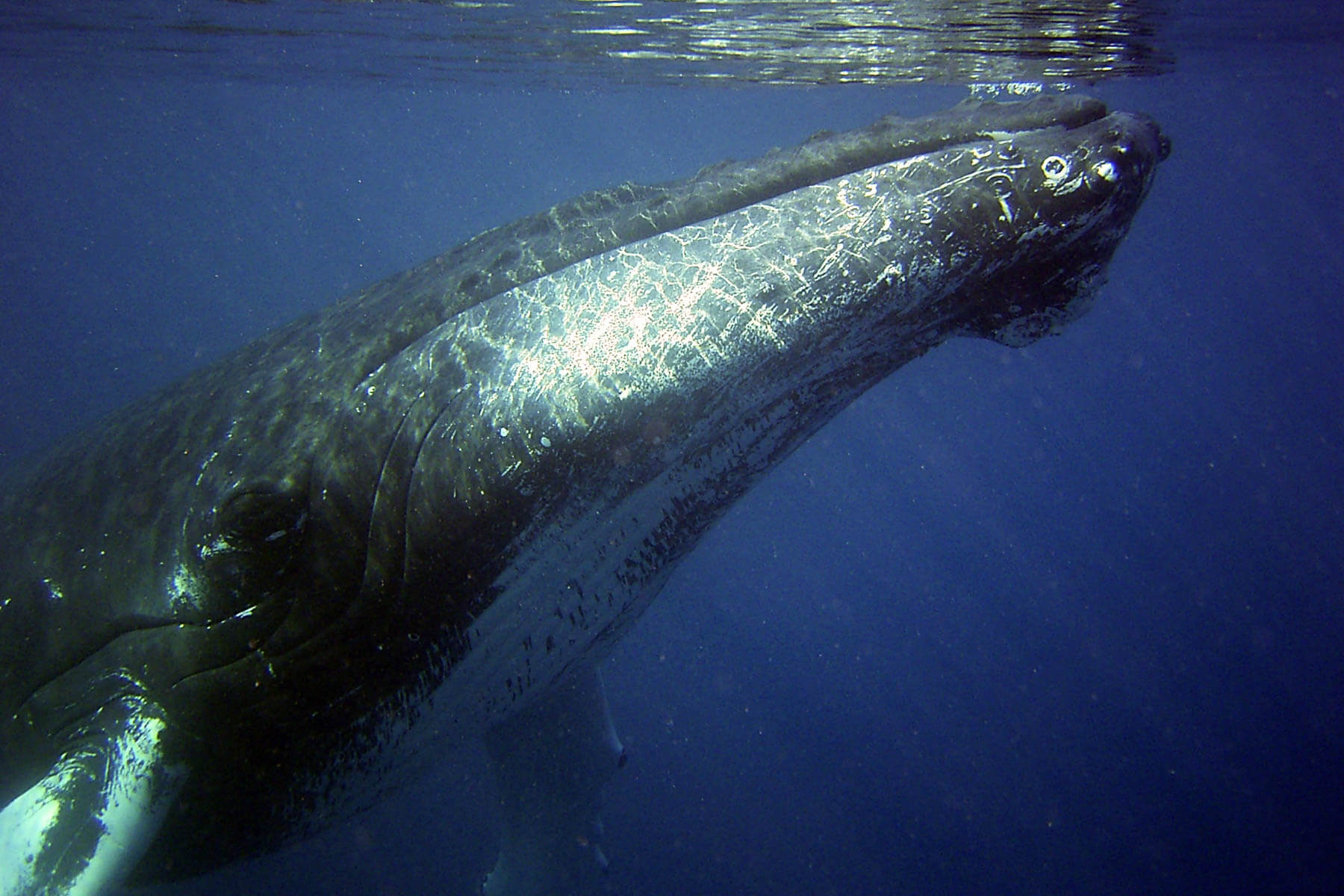
The humpback whale (Megaptera novaeangliae) is an occasional visitor to the Chesapeake Bay—at least a few are seen near the mouth of the Bay each year. Though there are protections for humpbacks today, they used to be commercially fished for their oil and were hunted to near-extinction. The whales were listed as an endangered species in 1970.
Today, humpbacks have made an impressive recovery and are only listed as endangered or threatened in a small part of their range. The breeding ground for many of the humpbacks we see in the Chesapeake is the West Indies—this population of whales was delisted in 2016.
The recovery of these species shows that our efforts to protect wildlife can really make a difference. Learn more about a few Chesapeake species that still need our help.

Comments
Though there are protections for humpbacks today, they used to be commercially fished for their oil and were hunted to near extinction. The whales were listed as an endangered species in 1970.
Rebecca,
Please see my earlier message about who took DDT off the market. I wrote it as soon as I read the Bald Eagle blurb, but am even more amazed at the omission of EPA’s role since you mention 2 other species which owe their continued existence to action by EPA’s first Administrator. The Brown Pelican and Peregrine Falcon were also “saved” primarily by the action against DDT and several related pesticides. My wife worked in EPA’s Office of Pesticide Programs and was DAA and Acting AA for Pesticides and Toxic Substances during 30 years at EPA.
Nice article but the use of th phrase “DDT was banned in 1972 ...” really irks me as a former employee f the Agency who was involved for many years in pesticide issues. A more accurate statement is “DDT was banned by EPA Administrator Wm. K. Ruckelshaus...” Not sure if this is false modesty by the CBPO or ignorance of history but this was a very controversial action which took considerable courage in the first year’s of EPA’s existence by its first Administrators! He deserves the credit.
Thank you!
Your comment has been received. Before it can be published, the comment will be reviewed by our team to ensure it adheres with our rules of engagement.
Back to recent stories